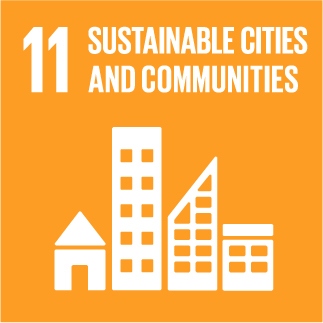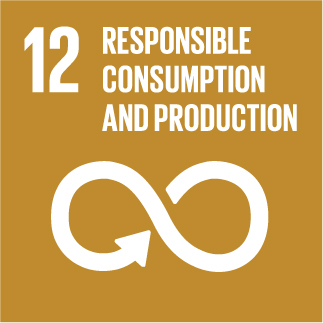URBANREC
Metal regulating the highly selective synthesis of gamma-valerolactone and valeric biofuels from biomass-derived levulinic acid
Highly selective upgrade of biomass-derived source to biofuels is crucial for the utilization of biomass. Herein, we report a strategy for the highly selective conversion of biomass-derived levulinic acid (LA) to gamma-valerolactone (GVL) or valeric biofuels simply by tuning the used metal Ni or Ru on HZSM-5 support. The catalytic experimental results show that 3?wt% Ni/HZSM-5 catalyst achieves high yield (93.1%) of GVL with negligible formation of pentanoic acid (<1% yield) or pentanoic esters (<1% yield), while 3?wt% Ru/HZSM-5 catalyst exhibits a high yield (85.7%) of pentanoic esters (PE) and pentanoic acid (PA) under the identical conditions. It is found that the introduction of Ru into HZSM-5 would increase the strong acidic sites and enhance the ring-opening of GVL intermediate, promoting the formation of PE and PA. In comparison, 3?wt% Ni/HZSM-5 catalyst shows relative lower acidic sites and negligible ring-opening ability of GVL. The metal effect is further confirmed using GVL and 1, 4-dioxane as substrate, respectively. After that, reaction kinetics are investigated in details and a rational pathway is proposed for the metal effect in deciding the product distribution of LA hydrogenation. This work provides a useful guideline to design proper catalyst for the valorization of biomass resources.

» Author: Zixiao Yi, Di Hu, Hong Xu, Zuotong Wu, Man Zhang, Kai Yan
» Publication Date: 01/01/2020
» More Information

This project has received funding from the European Union's Horizon 2020 research and innovation program under grant agreement Nº 690103




URBANREC Guidelines by URBANREC Consortium is licensed under a Creative Commons Reconocimiento-NonComercial-NoDerivatives 4.0 Internacional License.
Puede hallar permisos más allá de los concedidos con esta licencia en www.aimplas.net
